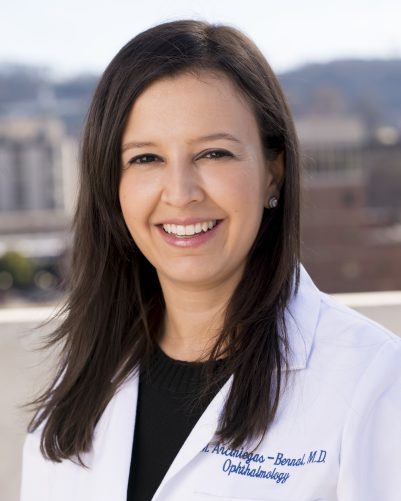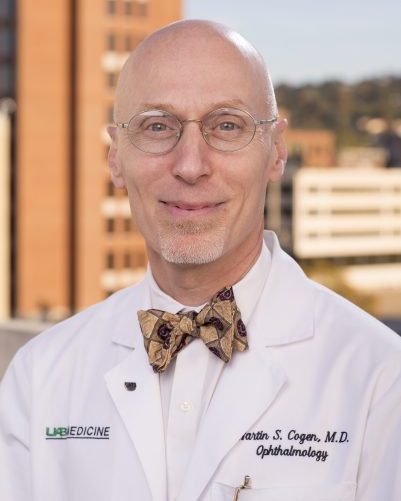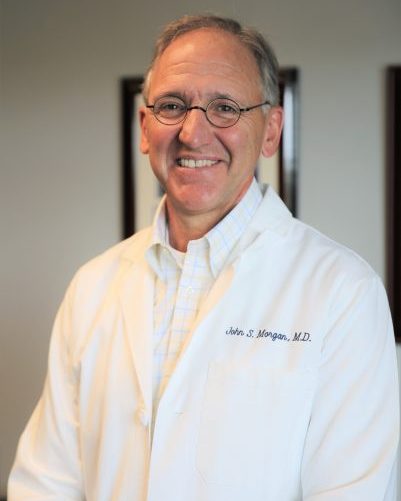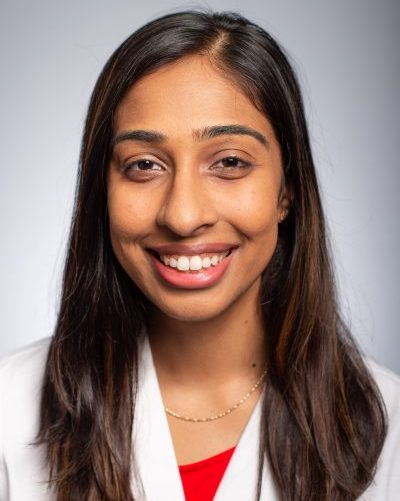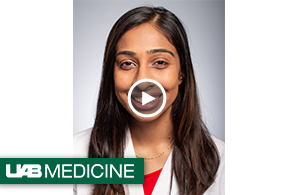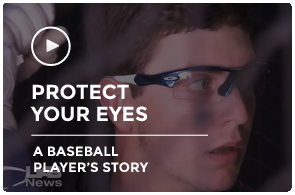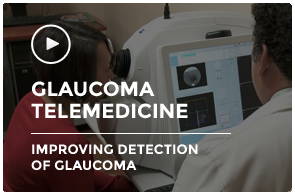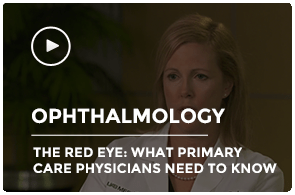Strabismus, or crossed eyes, is a condition that causes the eyes not to line up in the same direction or look at the same place at the same time. Either eye may turn in or out or up or down. An eye may appear turned at all times, or it may be more obvious when the person is tired, stressed, or ill. Though strabismus can be a result of severe farsightedness, it usually is caused by poor eye muscle control.
There are six muscles attached to each eye that control movement, and each muscle receives signals from the brain. Normally, these muscles work together to ensure that both eyes focus on the same object. However, sometimes an issue within the brain – possibly a problem with the nervous system or even a tumor – can affect eye muscle control. When these muscles aren’t working together, two different images can be sent to the brain, causing confusion. In many cases, the brain ignores the image from the weaker eye, eventually leading to vision loss.
Strabismus typically develops in infants and young children by age 3, and most adults who have the condition have had it since childhood. While it is a common belief that children with crossed eyes will outgrow the condition, this is not true. Strabismus will continue to worsen without treatment.
UAB Callahan Eye has more than 25 physicians, many of them named among the top doctors in their fields nationally. They are renowned for their advances in eye care, breaking through old ways of treating blinding eye diseases and revolutionizing many areas of ophthalmology.
UAB ophthalmologists are nationally recognized by the American Association for Pediatric Ophthalmology and Strabismus for their expertise in treating both children and adults with strabismus. UAB ophthalmologists are among just a handful of physicians in the state of Alabama certified by the American Association for Pediatric Ophthalmology and Strabismus.
UAB Callahan Eye Hospital is one of the busiest eye hospitals in the country, housing 16 operating rooms dedicated to eye surgery, as well as a 24/7 eye emergency room, which is the region’s only Level 1 Ocular Trauma Center. More than 15,000 surgeries are performed at UAB Callahan Eye Hospital each year, and we conduct more reconstructive eye surgeries than any other facility in the world. Patients come from around the nation to be treated for eye conditions at UAB.
The UAB Center for Low Vision Rehabilitation works with patients to maximize vision and provides services such as orientation and mobility, occupational therapy, and support groups for patients dealing with vision loss or impairment.
Through ongoing research and clinical trials, UAB continues to make great strides in the field of ophthalmology. In addition to our physicians, we have a team of vision scientists who are dedicated to researching causes, preventions, and cures for eye diseases such as diabetic retinopathy, glaucoma, and macular degeneration. Many UAB ophthalmologists have received funding from prestigious research organizations and institutions and collaborate in clinical care to deliver the latest in scientific discovery to our patients.
Care Providers
Videos
Resources
- The Facts About Diabetic Disease
- Department of Ophthalmology and Visual Sciences
- American Academy of Ophthalmology
- National Eye Institute
- Medline Plus
Related Specialties
Clinical Trials
Speak to your physician about your options and browse the link below for more information
Latest News
View All News-
Two UAB inventors named National Academy of Inventors fellows
December 11, 2024
-
Blazer Bridge Fund continues encouraging innovative discoveries; announces 2024 winners
September 20, 2024
-
Keep the fireworks fun in the sky and out of your eyes
June 28, 2024
-
Too much screen time is a risk to children’s eyes. Here is how to protect their eye health.
May 20, 2024
-
ALG6 acts as a modifier gene in the inherited genetic eye disease retinitis pigmentosa 59
March 20, 2024

